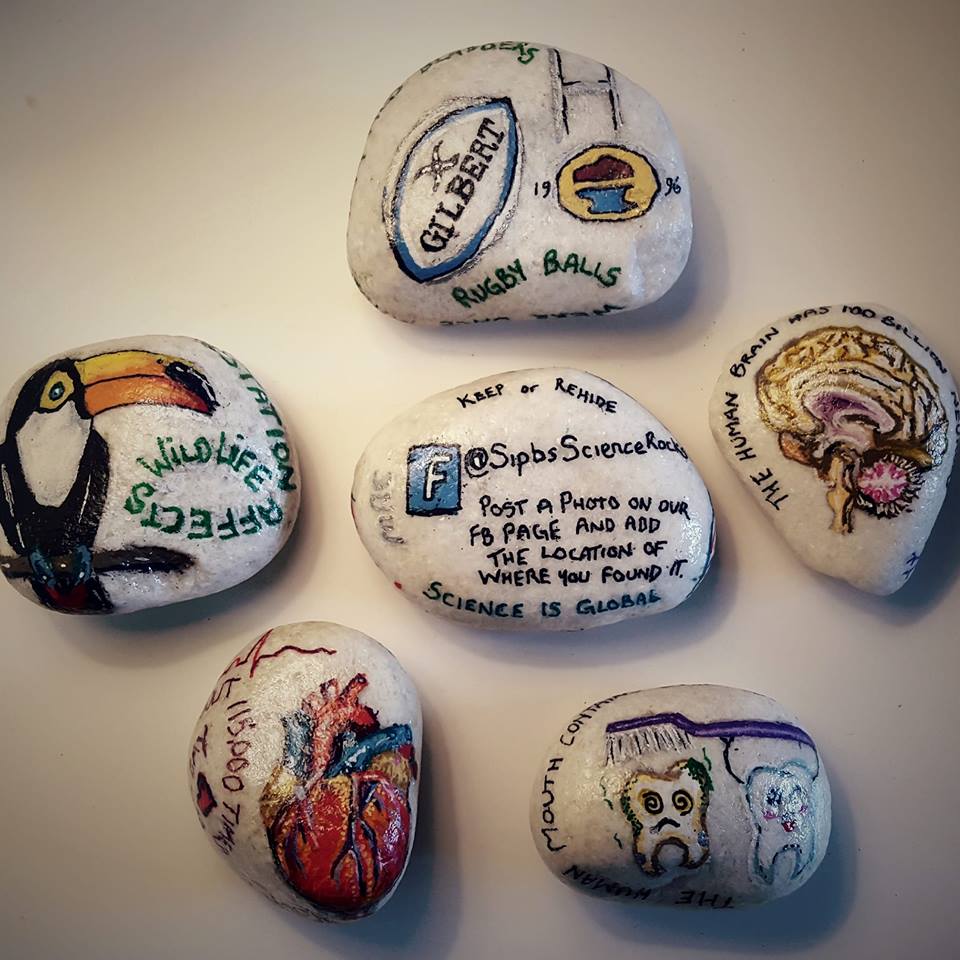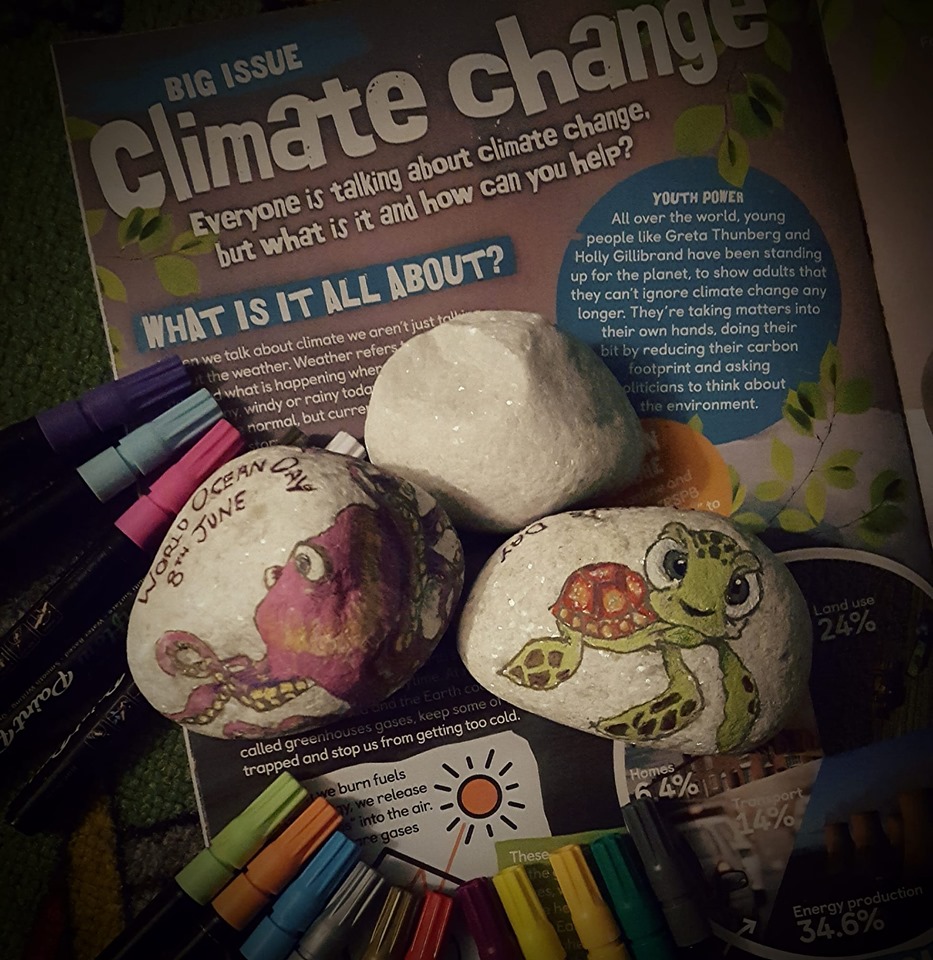At school, my ambition was to enter a career in art. I spent a lot of my youth on art retreats, attending painting classes and generally taking every opportunity to learn new creative practices. During that time, science wasn’t on my radar, so I decided to attend college and focus on preparing my portfolio to apply for art school. The course programme at Langside College (now Glasgow Clyde College – Langside Campus) was excellent and I was really looking forward to experimenting with the different art techniques. However, the first week of my portfolio preparation class was a culture shock – my expectations and reality were completely mismatched. I had assumed that the other students would be around my age. But the students on my course were more mature, rich in life experience, well-travelled and were able to recite historical and contemporary works from artists across the world. At that time, I was inspired by the many experiences they shared but it was also the first time in my life I experienced imposter syndrome. At the age of 17, with zero air miles to my name and an inability to even pronounce ‘renaissance’, I realised there was much more to art than just being practically adept. It was a tough decision to make, but I withdrew from my course. I needed more time to really think about what I wanted to do in life and I didn’t feel that a year was enough time to truly prepare myself for art school.
Serendipitously, an opportunity emerged to take my first steps into science as a modern apprentice lab technician. As I progressed in my scientific career, I never lost my passion for art. The more I travelled to conferences, workshops and secondments for my research, the more I exposed myself to the art of different countries. When I had my children, I started to draw cartoons and create artwork for them to enjoy. Arts and crafts have always been a highlight of our family holidays. Inspiration for my Strathclyde Institute of Pharmacy and Biomedical Sciences (SIPBS) Science Rocks project came during one of our holidays in the Highlands. My son Dylan ran towards us with a rock in his hand, as excited as if he’d struck gold. He’d found a painted rock with a mandala pattern and so he wanted to paint one too. In addition to the pattern, the rock had a message: ‘Love on the Rocks UK - NW Rocks UK, Pic + Post FB, keep or rehide’. Intrigued, we looked them up on Facebook and found the Love on the Rocks public group with over 95,000 members. When I saw how excited my son was to find his rock, I knew that this would be a great way to blend art with science as a medium for public engagement. Dylan helped choose science-related themes and we started to paint rocks for him to hide and other children in our local area to find. We then started our own Facebook page so that he could see how far the rocks we’d painted had travelled.

As the popularity of the SIPBS Science Rocks page grew, we began taking requests for themes. This turned out to be a great way to create two-way engagement with those who found our rocks. For every photo posted, the person then put forward a suggestion on the theme they would like to see next. We now have an increasing number of people who have found our rocks, posted pictures on the page and then taken the rocks with them to re-hide in other areas across the UK. Each stone has a unique image and an interesting fact about the selected topic. We try to integrate maths into the scientific fact wherever possible as a way to contextualise numeracy for younger children (i.e. speed, volume, cell number, heart beats, lung capacity, key awareness dates, etc).
So far, we’ve covered themes related to the heart (cardiovascular disease), brain (neurodegeneration), lungs (asthma), and pancreas (diabetes). Other themes have included key inventions, such as sonography, green fluorescent protein, and the development of the rugby ball. I started to cover topics my son was learning in school, so we painted some rocks with images and facts related to climate change, deforestation and local bee population decline. The plan now is to host topical science workshops in schools and community centres and incorporate rock painting sessions to widen participation at events.
I was recently selected to participate in a crossover workshop between the Biochemical Society and the Glasgow School of Art Innovation School. It’s hard to believe that I gave up on my art school ambitions when I was 17, only to find myself engaging with the Glasgow School of Art for collaborative opportunities as a scientist 20 years later. I’ve since clocked up quite a few air miles over the years … but I still struggle to pronounce renaissance!
If you are in the Glasgow or London area in November, look out for our new pharmacology-themed rocks, timed to coincide with the release of this edition of Pharmacology Matters.

Comments
If you are a British Pharmacological Society member, please
sign in to post comments.